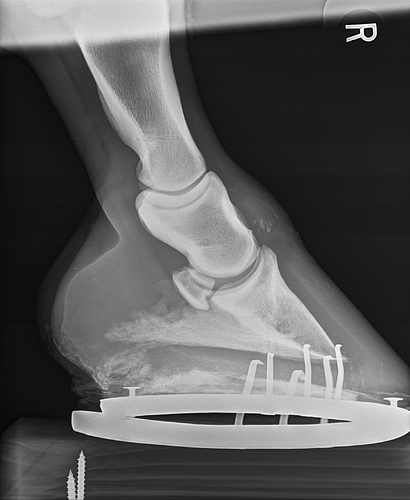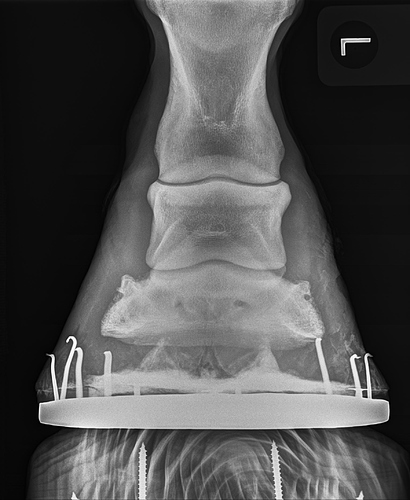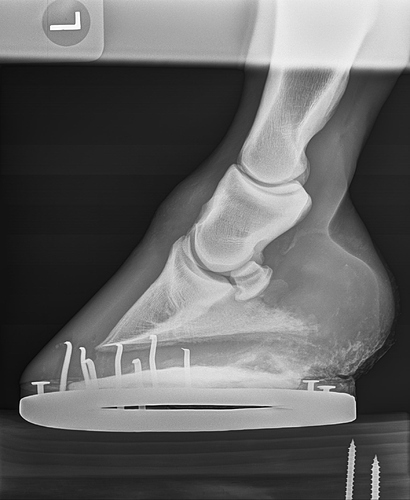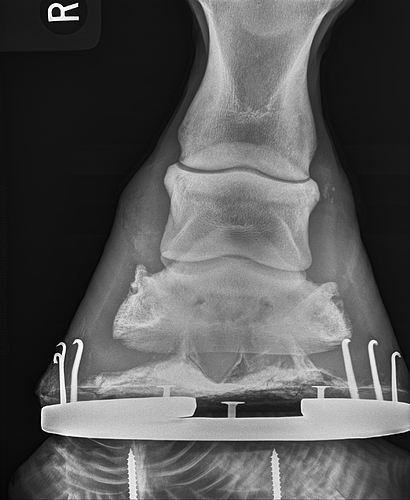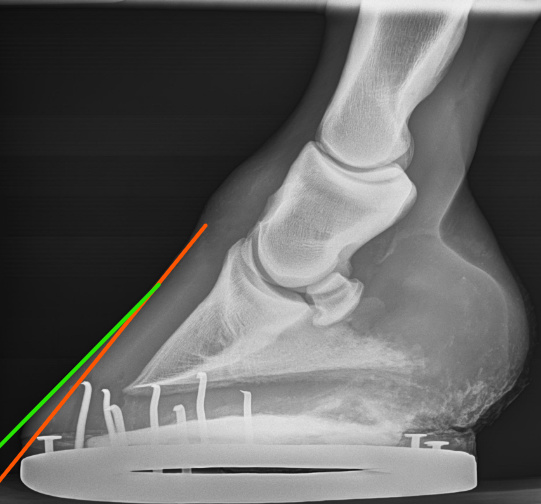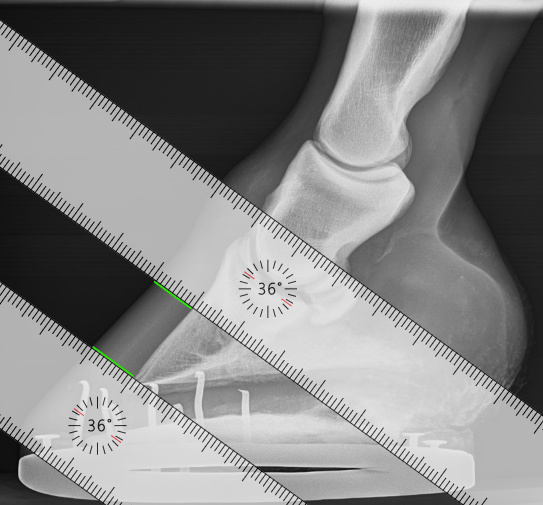What were your horse’s signs? How did you diagnose and treat? What was outcome? I am asking because I am curious if any one has the coordinated symptoms to what MRI reveals.
My first case was a client’s horse and the main symptom was a reluctance to go forward, also - choppy when ordinarily had a very free shoulder, sensitive to shoeing angle. On xray her angles and bones looked good. An MRI revealed that the collateral ligaments showed signs of mild to moderate strain. Rest didn’t really help but a different farrier did.
Now I have another. He’s happily sound on hard footing but won’t go in soft and is very short and choppy in deep footing. He also can be a push ride. He gets sticky in tight turns. He has historically responded wonderfully well to Prostride in coffins but the cycle is getting shorter. X-rays are clean and angles are good. Now he’s wincing on unlevel ground.
Mri is so expensive and we didn’t really get magical insight that changed treatment with the first horse. Also, three vets interpreted the results quite differently in terms of significance of the findings.
My vet is on vacation this week so I have lots of time to overthink this.

